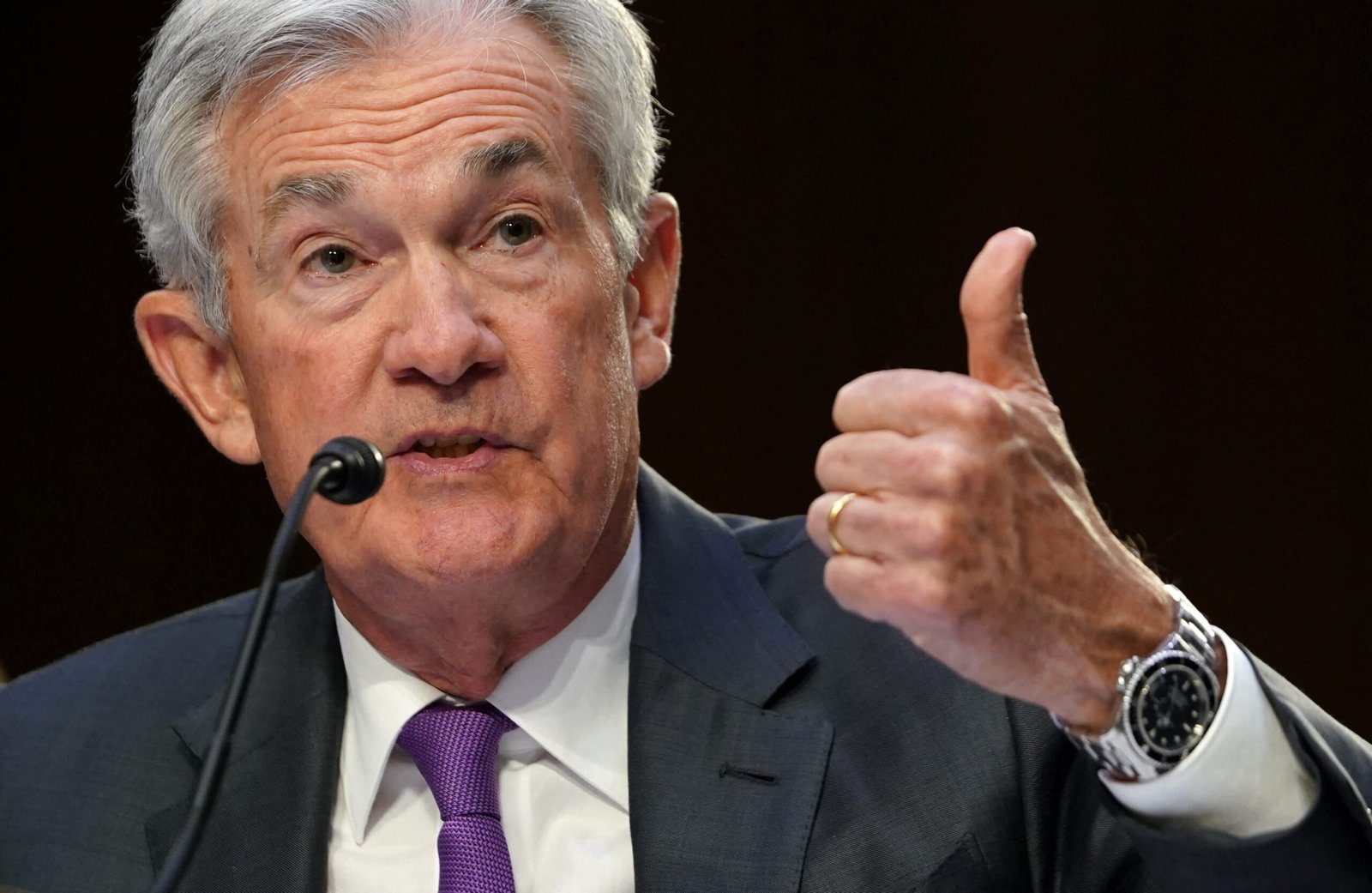For months, optimism has prevailed in stock markets, fueled by the expectation that the Federal Reserve would implement significant interest rate cuts amidst a backdrop of slowing inflation. However, recent indications of stronger inflation have tempered this optimism, leading investors and economists to anticipate rate cuts from the Fed, albeit potentially delayed and less aggressive than initially expected.
This week’s economic developments are poised to provide clarity amidst the increasingly uncertain outlook for 2024. Federal Reserve Chair Jerome Powell is scheduled to testify before Congress, offering a potential opportunity to outline a more precise timeline for rate adjustments. Additionally, key reports on job openings, service sector activity, and February employment figures will offer insights into whether the economy and labor market are cooling sufficiently to alleviate inflationary pressures and align with the Fed’s target of 2% inflation.
The performance of the service sector, which constitutes approximately 80% of the economy, is particularly significant. Unlike the manufacturing sector, which has experienced contraction for nearly one and a half years, the service sector has consistently expanded over the past 13 months. This growth is attributed to shifting consumer preferences towards services such as dining out and travel as the impact of the pandemic wanes. The Institute for Supply Management is expected to release data indicating continued growth in the service sector, albeit at a slightly slower pace. The implications of this growth are crucial, as the Fed seeks to balance economic expansion without exacerbating inflationary pressures.
One area of concern is the recent uptick in prices paid by service companies for materials and services, potentially influenced by disruptions in shipping routes. However, these prices are primarily tied to employee wage growth, which has been trending downwards, offering some relief amidst inflationary pressures.
Another key indicator is the status of job openings, which have seen fluctuations in recent months. Despite a decline from the record high of 12 million in March 2022, job openings remain elevated at 8.8 million, reflecting ongoing labor market tightness. Stable figures for new hires and job quits suggest a moderation in labor market dynamics, which could help alleviate wage pressures and contribute to overall economic stability.
As for the timing of Fed rate adjustments, Powell’s testimony is eagerly anticipated for insights into the central bank’s strategy. While the Fed has emphasized the need for sustained evidence of inflation moderation, recent comments from Fed officials suggest a cautious approach towards rate cuts, potentially delaying action until later in the year. Lower interest rates could stimulate economic activity and alleviate inflationary pressures, with implications for borrowing costs, economic growth, and financial markets.
Finally, the labor market continues to be a focal point, with strong job growth in recent months. While February’s employment report is expected to show a further slowdown in job gains, the overall trend remains robust. However, the Fed is wary of excessive labor market strength, as it could fuel wage growth and inflationary pressures, potentially delaying rate adjustments.
In summary, this week’s economic developments will provide valuable insights into the trajectory of interest rates, inflation, and labor market dynamics, shaping expectations for the economy in 2024 and beyond.
